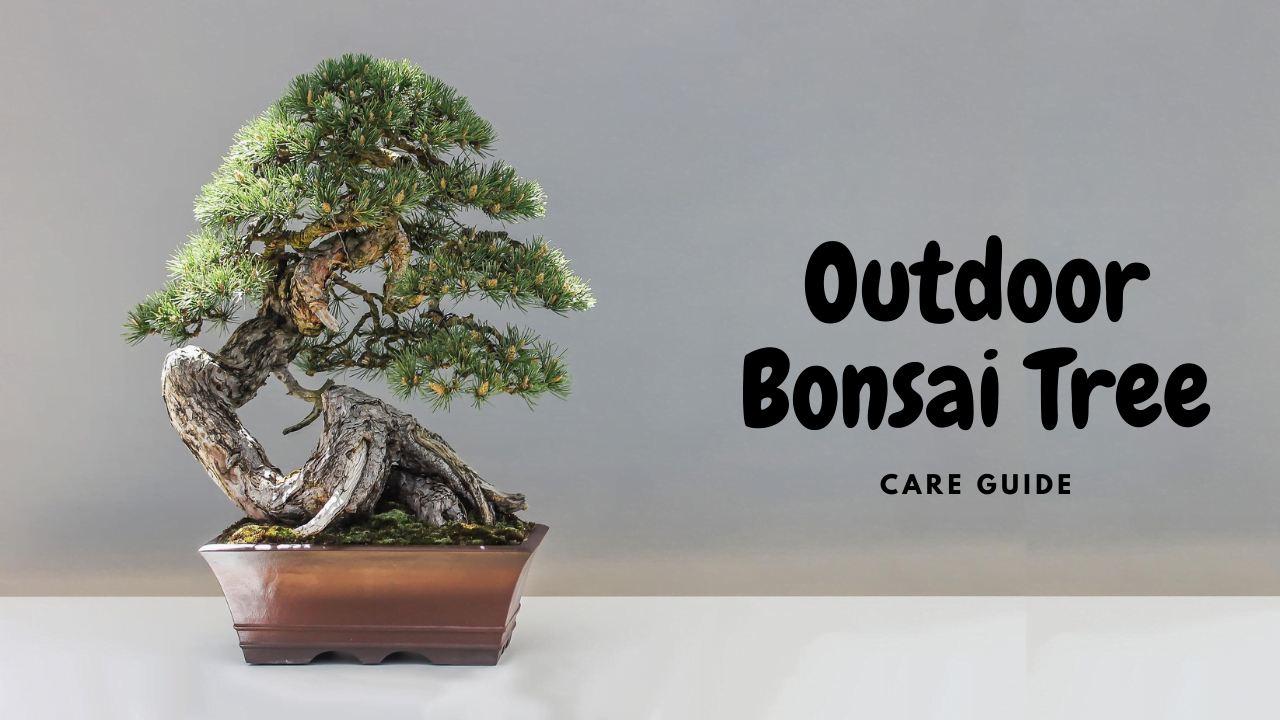A bonsai tree adds beauty, character, texture, and interest to your place, but this miniature tree requires specialized care.
Caring for an outdoor bonsai tree is not difficult, but it is necessary to keep your outdoor tree healthy and happy for years to come.
And in this article, you will learn how to care for your outdoor bonsai tree so that it can outlive in a healthy way.
Outdoor Bonsai tree care
Outdoor Bonsai Tree Light Requirements
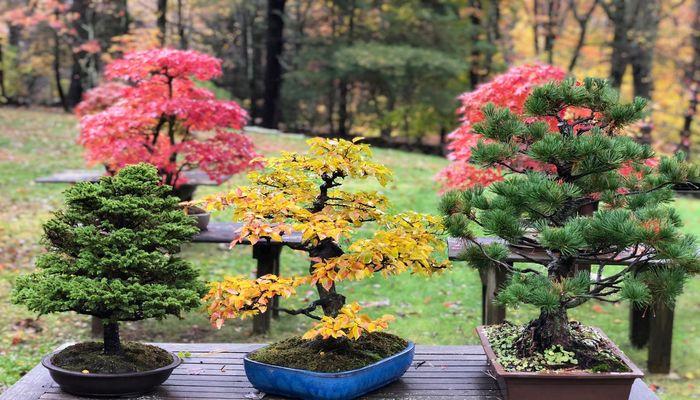
Mostly outdoor bonsai tree requires sunlight for at least a few hours a day. Otherwise, trees’ internodes and leaves will grow too large, and they will be prone to pests and diseases.
Moreover, most conifers species should be placed under the full sun for healthy growth.
Humidity
The tree suffers from low humidity on hot days and in a paved place. But you can increase the humidity near your bonsai tree with the help of a humidity tray. You can easily promote humidity by filling a humidity tray with water and misting the tree a few times a day. Wetting the shelves, floors, and walls around your bonsai tree may also help.
How Often to Water Outdoor Bonsai Tree
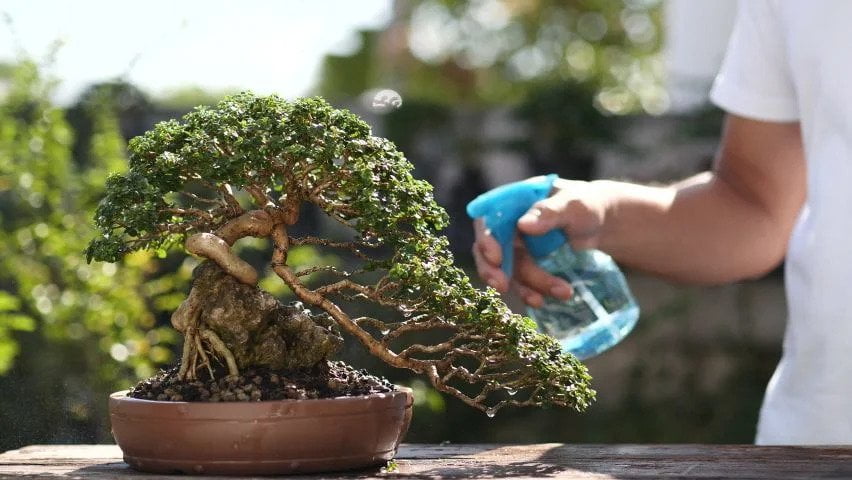
Watering the bonsai tree should never be neglected. The general rule is never to allow the soil to become completely dry; water the tree when the soil appears sightly dry.
If your bonsai tree is receiving full sun, water once a day. Also, this schedule varies with the size of the pot, soil type, and tree species you are growing. So, evaluate each tree’s species watering needs and adjust the schedule to accommodate it.
You can use a moisture meter until you know the watering needs of your bonsai tree. Use water can or hose attachment so that water dispenses gently without disturbing the soil.
Water the tree until it begins to run out of the holes in the bottom of your pot. A good rain is sufficient water for the bonsai tree.
How to Fertilize Outdoor Bonsai Plant
To maintain a healthy and beautiful bonsai tree, fertilizer is essential. The bonsai tree grows in a small amount of soil; therefore, it is necessary to replenish the soil’s supply of nutrients periodically.
Any general-purpose liquid fertilizer will work; you can get this at garden centres. But it is suggested to use fertilizer half of their recommended strength.
You should apply fertilizer at least once a month except during winter. Moreover, your bonsai tree will also respond well to foliar feeding, with water-soluble fertilizer applied every other month as a spray.
Outdoor Bonsai Tree Temperature Tolerance
With proper Outdoor bonsai tree care, it can endure high temperatures and very cold weather. So, most tree species need to protect from strong frost in winter.
Also, during spring, when new leaves emerge, take care that the bonsai tree is protected even from light night frost.
Outdoor Bonsai Tree Trimming and Pinching
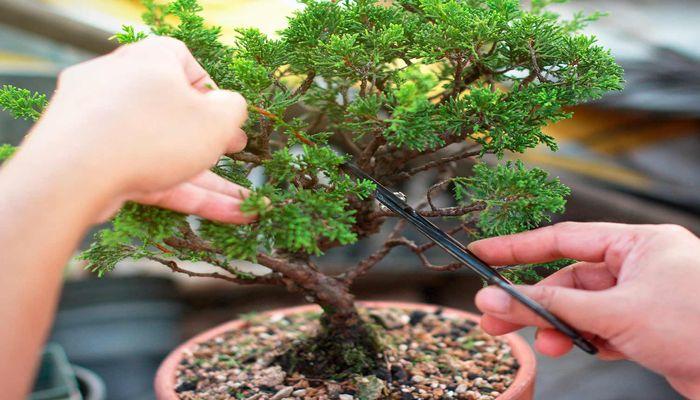
Trimming and pinching maintain the size of your bonsai tree. Prune off the new growth to the farthest safe point. But never prune off all the new development. A little should always be left to sustain the health of the bonsai tree.
Tropical and subtropical tree species used for bonsai require periodic pinching and trimming throughout the year.
As different trees grow at different rates, it is important to evaluate each tree’s growth rate and adjust the trimming and pinching to accommodate it.
Repotting Outdoor Bonsai Tree
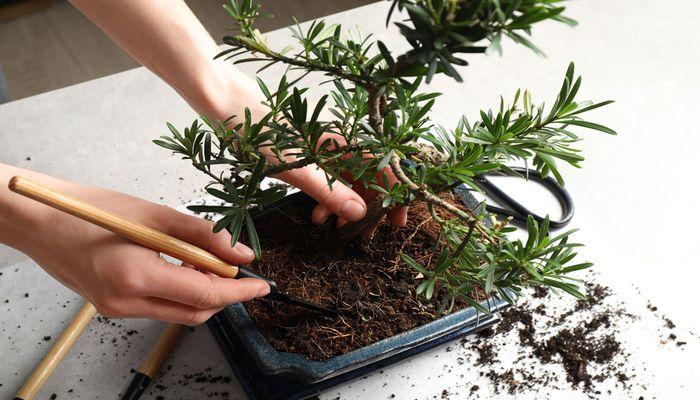
Every two to three years, your outdoor bonsai tree will need repotting. The best way to determine the repotting time is to examine the bonsai tree’s roots closely. If sources are too compacted, they need trimming and should be placed in fresh soil.
To repotting properly, remove the bonsai tree and all soil from the pot. After removing the soil, you need to prune about one-fourth of the roots from the bottom and sides of the root ball. Usually, repotting of bonsai trees should be done in mid-summer.
The pot’s drainage holes should be covered with a screen.
Add a layer of gravel on top of the screen at the bottom of the pot to allow for optimal drainage.
Overlay the layer of gravel with a layer of fresh soil, but not enough to cover the entire pot. As a rule, the layer should be thick enough to raise the tree to the same level as it was previously in the pot.
Then fill the pot with more fresh soil and place the tree on top.
Insects and Diseases
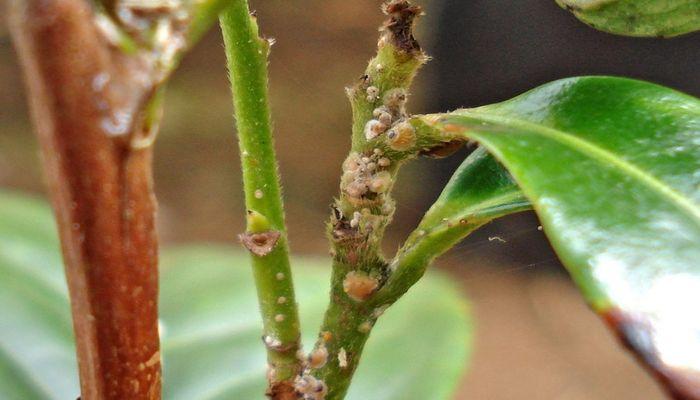
You can treat your outdoor bonsai with regular insects and disease treatments safe for bonsai trees. Check with the local nurseries, online forums, and garden centres for the best product recommendations.
What to do with your bonsai tree during winter
There are two easy ways to overwinter your bonsai tree. First, place the tree in its pot in an unheated shed or garage, or bury the bonsai tree in the ground.
For the winter, you can place your bonsai in an unheated garage, where it will not require light, but it will need to be watered every two weeks.
If you want to bury your bonsai tree in your yard, select a location that provides shelter from the sun and winds. The bonsai tree does not need to be protected from rain and snow.
How to select the outdoor bonsai tree
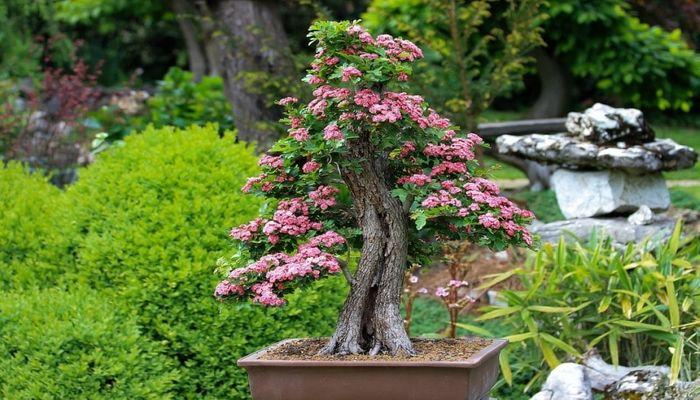
It is crucial to determine which conditions you can offer the tree and which species will thrive.
This is always a good idea if you choose a native tree, but consider that many frost-hardy species need protection from frost in shallow pots.
Consider your local climate, the conditions of your garden, and your tastes when choosing a tree species to keep outdoors.
Local Climate
If you live in a subtropical or Mediterranean climate, you can grow bonsai tree species outside, which can endure frost. Some species need protection from heat and intensive sunlight.
Olive, Pomegranate, Fuchsia, Chinese elm, and Cork oak are well-suited bonsai trees.
The Japanese maple and Trident maples grow well if the winters are cool enough that they can go into winter dormancy.
Japanese black pine, Bald cypress, and some Mediterranean Juniper species can thrive well in a subtropical and Mediterranean climate.
Many species can be successfully grown in temperate climates, especially most nice imported species from Japan. It is possible to plant subtropical or Mediterranean trees as long as they can be protected from frost, such as in a greenhouse.
In a maritime climate with moist summer, you need well-draining soil, and some tree species that require full sun might not be perfectly happy.
In a continental climate with hot summers and cold winters, you need to provide semi-shade in the summer and good protection against frost.
Conditions specific to your balcony or garden
Whether you have a balcony or a garden, it is important to consider the special conditions.
When you have full sun all day, you can select from a wide range of species, but for sensitive species, you might need to cover those trees with temporary shade nets, especially if they are in a paved or walled area.
Having a garden with grass, shrubs, and hedges can make a huge difference since the air is more humid. Those living in climates with constant winds need more water but will not be afflicted by pests and fungal diseases as easily.
Personal taste
Of course, it’s important to consider your taste as well.
For example, some people like flowering trees like the azalea or dream of an apple Bonsai with tiny fruit in autumn, while others prefer junipers or pines.
Interested in acquiring a rare species?
Get informed first about whether it will thrive in your climate and garden or what conditions they require, such as a greenhouse for winter, shade nets, or a sunny spot.
Avoid buying the tree if enough information is not available. Watching it get weak and sick and die is no fun at all.
FAQ
1. Can bonsai trees survive outdoor?
During winter, you might need to protect the bonsai tree. Place your outdoor bonsai tree in a bright spot with lots of light. On hot days, provide afternoon shade to your bonsai tree.
2. Which bonsai trees are best to keep outside?
Juniper, pine, and Japanese maple are the ideal bonsai tree to grow outdoor.
3. Can the bonsai tree be left outside in winter?
You need to transfer your outdoor bonsai trees to a cool and dark location during the dormancy period. If your bonsai tree is a hard species, leave it outside as long as it has adequate protection
4. How do I care for my outdoor bonsai?
During the spring, summer and fall, place your bonsai tree outside, such as on a patio, balcony, terrace, or in a garden. While putting a bonsai tree outdoors, ensure it receives sufficient sunlight at that spot. Additionally, morning sun and afternoon shade are best for the bonsai tree.
Conclusion
Outdoor bonsai tree care differs from normal potted plants. The reason is that bonsai trees are grown in small pots, and therefore they have limited storage for nutrients and water.
Moreover, the tree from temperate climates needs their winter dormancy. But most tree species need protection from frost and strong winds during that period.
Also, every tree species differs in its care requirement. Therefore, it is important to know your bonsai trees need to grow healthy.
The article covers the basic care guidance for outdoor bonsai trees. If you want care guidance for your specific bonsai tree, please let us know your bonsai tree in the comment section.
Related Articles
- Propagating Chinese Elm Bonsai Cuttings And From Seeds
- Best Chinese Elm Bonsai Soil and Fertilizer.
- Troubleshooting Common Problems With Chinese Elm Bonsai
- Buy Chinese Elm Bonsai: How Not to Get Scammed When Purchasing a Chinese Elm Bonsai Tree!
- Chinese Elm Bonsai Pruning And Styling.
- Creating a Chinese Elm Bonsai Forest- Step-By-Step Guide.

